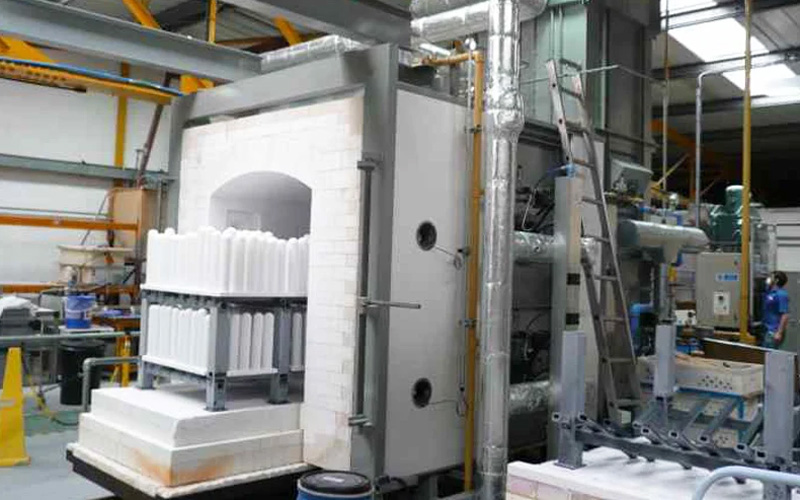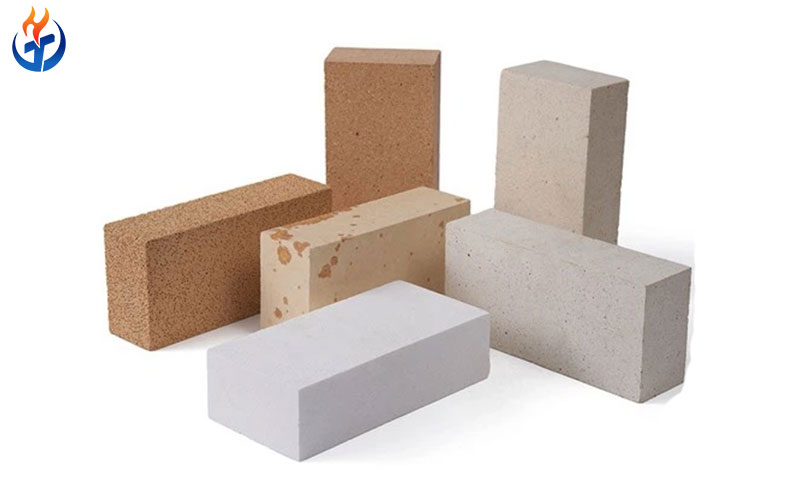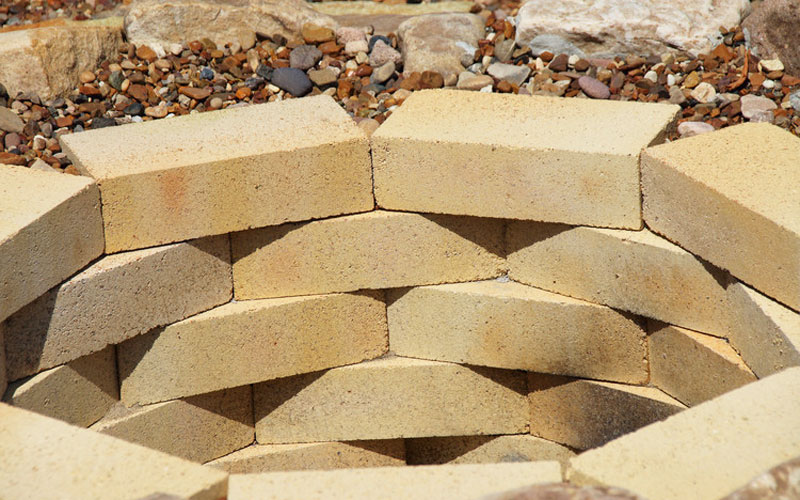In the world of high-temperature industrial operations, thermal insulation plays a pivotal role in maintaining energy efficiency, reducing costs, and ensuring the longevity of critical equipment. One of the most effective ways to achieve this insulation is through the use of specially designed insulation bricks. But with so many types available—each with its own advantages and limitations—how do you determine the best bricks for insulation?
This article explores the five most commonly used insulation bricks, their properties, suitable applications, and how to choose the right one for your industrial requirements.
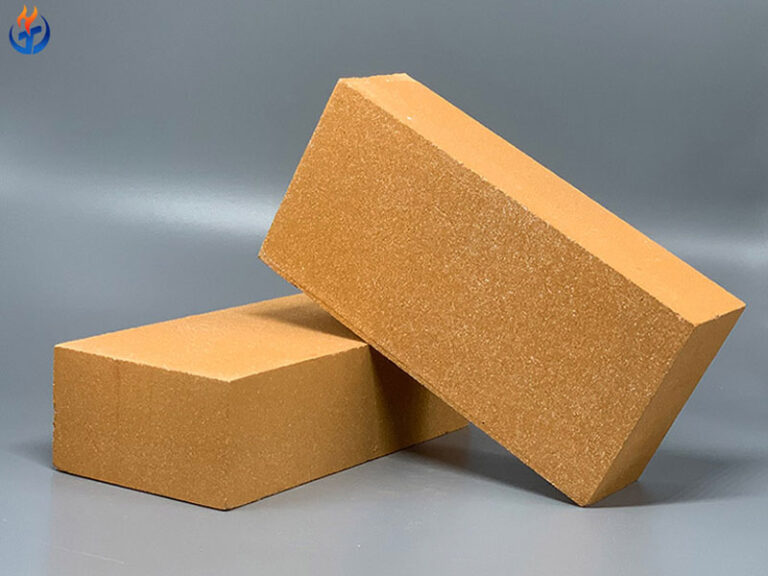
What Is an Insulation Brick?
Insulation bricks, also known as lightweight refractory bricks, are specialized construction materials designed to withstand high temperatures while reducing heat loss. Unlike regular refractory bricks that focus on high mechanical strength, insulation bricks are optimized for low thermal conductivity, low density, and excellent thermal shock resistance.
These properties allow them to serve as a thermal barrier in furnaces, kilns, and reactors, effectively maintaining internal temperature while minimizing energy consumption.
Top 5 Hot-Selling Insulation Bricks
Let’s delve into the most popular types of insulation bricks used in industrial applications:
1. High Alumina Insulation Brick
Composition and Features:
Al2O3 content: ≥48%
Thermal conductivity: 0.2 – 0.55 W/(m·K)
Cold Crushing Strength (CCS): 1.0 – 4.5 MPa
Applications:
High alumina insulation bricks are known for their resistance to high temperatures and moderate mechanical strength. However, they are not recommended for environments with direct flame contact or aggressive chemical exposure. They are typically used in the lining of:
Ceramic tunnel kilns
Hot-air stoves
Coke ovens
Key Benefit: Excellent heat retention with relatively higher strength compared to other lightweight bricks.
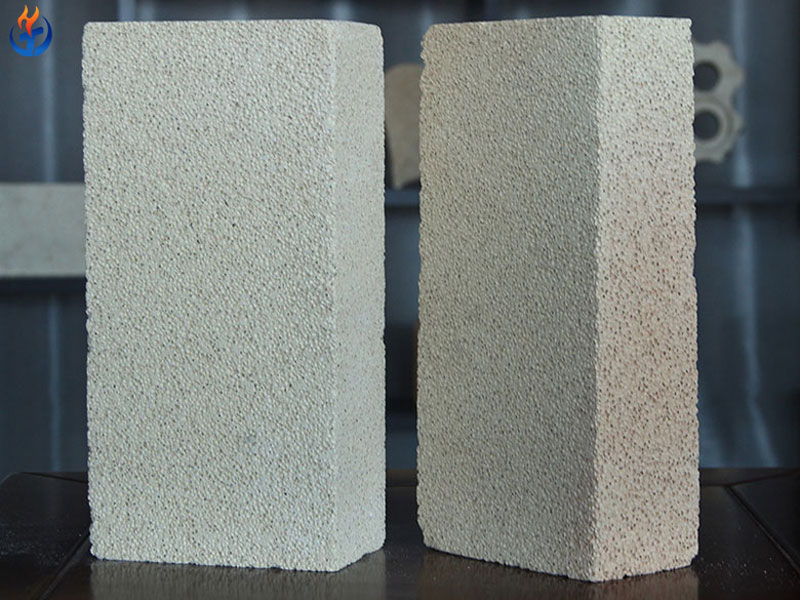
2. Fire Clay Insulation Brick
Composition and Features:
Al2O3 content: 30-46%
Thermal conductivity: 0.23 – 0.65 W/(m·K)
CCS: 0.8 – 6.0 MPa
Applications:
Fire clay insulation bricks offer a cost-effective solution with reasonable thermal insulation and moderate chemical resistance (especially against acidic environments). They are widely used in:
Blast furnaces
Cement kilns
Glass kilns
Hot blast stoves
Key Benefit: Ideal for general-purpose thermal insulation with good performance at a competitive price.
3. Mullite Insulation Brick
Composition and Features:
Al2O3 content: 40-77%
Thermal conductivity: 0.18 – 0.56 W/(m·K)
CCS: 0.9 – 3.5 MPa
Applications:
Made from synthetic or natural mullite, these bricks are highly porous and capable of withstanding both acidic and basic environments. They are commonly found in:
Glass furnace regenerators
Ceramic sintering kilns
Furnace tops in hot blast stoves
Key Benefit: Offers superior thermal insulation with excellent chemical resistance.
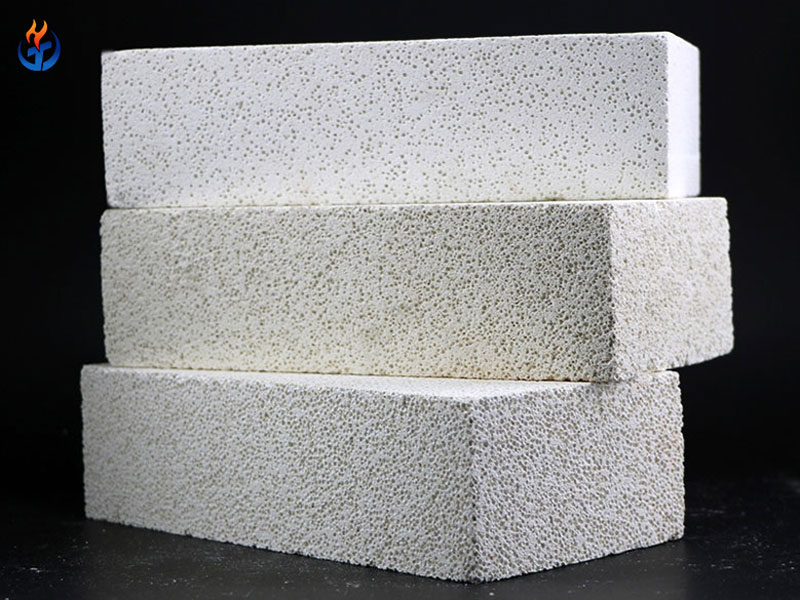
4. Silica Insulation Brick
Composition and Features:
SiO2 content: ≥91%
Thermal conductivity: 0.55 – 0.7 W/(m·K)
CCS: 2.0 – 5.0 MPa
Applications:
Silica insulation bricks are categorized as acidic bricks. Their unique microstructure includes a high number of air pores, which reduces weight and enhances insulation. They are used in:
Insulating layers in blast furnace zones
Rolling furnace roofs
Natural gas pipelines
Key Benefit: Lightweight with excellent resistance to acidic chemical gases.
5. Alumina Bubble Brick
Composition and Features:
Al2O3 content: 90-99%
Thermal conductivity: 0.9 – 1.2 W/(m·K)
CCS: 6.0 – 18.0 MPa
Applications:
These bricks are composed of hollow alumina spheres, offering high thermal insulation and low density while withstanding extreme temperatures. They are suitable for:
Ceramic kiln linings
Cracking furnaces
Incinerators
Glass melting tanks
Key Benefit: Premium insulation solution for ultra-high temperature applications.
How to Choose the Best Insulation Brick?
Selecting the right insulation brick isn’t about picking the one with the lowest price or highest alumina content. Instead, it depends on a careful evaluation of multiple factors:
1. Operating Temperature
Each type of insulation brick has a maximum service temperature. Exceeding this can cause structural failure or degradation. For instance:
Fire clay bricks: ~1,200°C
Mullite bricks: ~1,400°C
Alumina bubble bricks: >1,700°C
2. Thermal Conductivity
This determines how much heat passes through the material. Lower thermal conductivity means better insulation. Mullite bricks generally perform well here.
3. Chemical Atmosphere
Is the environment acidic, basic, or neutral? Silica bricks resist acids well, while mullite bricks handle both acidic and alkaline conditions.
4. Structural Load
If your equipment demands higher mechanical strength, bricks like alumina bubble bricks (with CCS up to 18 MPa) may be better suited.
5. Weight and Installation
Lighter bricks, such as silica or fire clay insulation bricks, reduce the load on the structure and are easier to handle during construction.
What’s the Cost of Insulation Bricks?
Here’s a general ranking from lowest to highest cost:
Fire Clay Insulation Brick
Silica Insulation Brick
High Alumina Insulation Brick
Mullite Insulation Brick
Alumina Bubble Brick
While price is always a consideration, remember: the cheapest option isn’t always the most cost-effective over the lifespan of your furnace or kiln.
Shapes and Sizes
Standard insulation bricks often come in the size of 230×114×65mm, but that’s not all. For specialized needs, custom shapes like knife bricks, axe bricks, and universal ladle bricks are also available. Providing accurate dimensions and usage requirements is key to receiving the right product.
Why Quality and Supplier Matter
Even the best-designed industrial system can fail if built using low-grade insulation materials. Poor quality bricks may:
Crack or deform under high heat
Lose insulation capacity
Cause increased fuel consumption
Lead to dangerous working conditions
That’s why choosing a reliable insulation brick supplier is crucial. Brands like Kerui Refractory offer:
ISO and SGS certified products
In-house manufacturing (no middlemen)
Expert technical support for selection and installation
A global export footprint across 50+ countries
Final Thoughts: Which Is the Best Insulation Brick?
There is no one-size-fits-all answer. The best insulation brick depends on:
The temperature your system operates at
The chemical environment
The insulation performance you expect
The mechanical strength required
Your budget and long-term energy goals
While fire clay insulation bricks offer affordability and basic insulation, alumina bubble bricks provide unmatched performance at higher temperatures. Between the two are excellent options like mullite and high alumina bricks, each serving a unique niche.
With the right guidance, you can find insulation bricks that improve operational efficiency, reduce energy costs, and prolong equipment lifespan.
Need Help Choosing the Right Insulation Bricks?
Contact Xintai Refractory today to get expert recommendations and factory-direct pricing. Whether you’re constructing a new furnace or upgrading your existing insulation layer, we’re here to ensure you get the best product for your application.
Visit our website or reach out to our support team directly. Your high-performance, energy-saving insulation solution is just one decision away.

